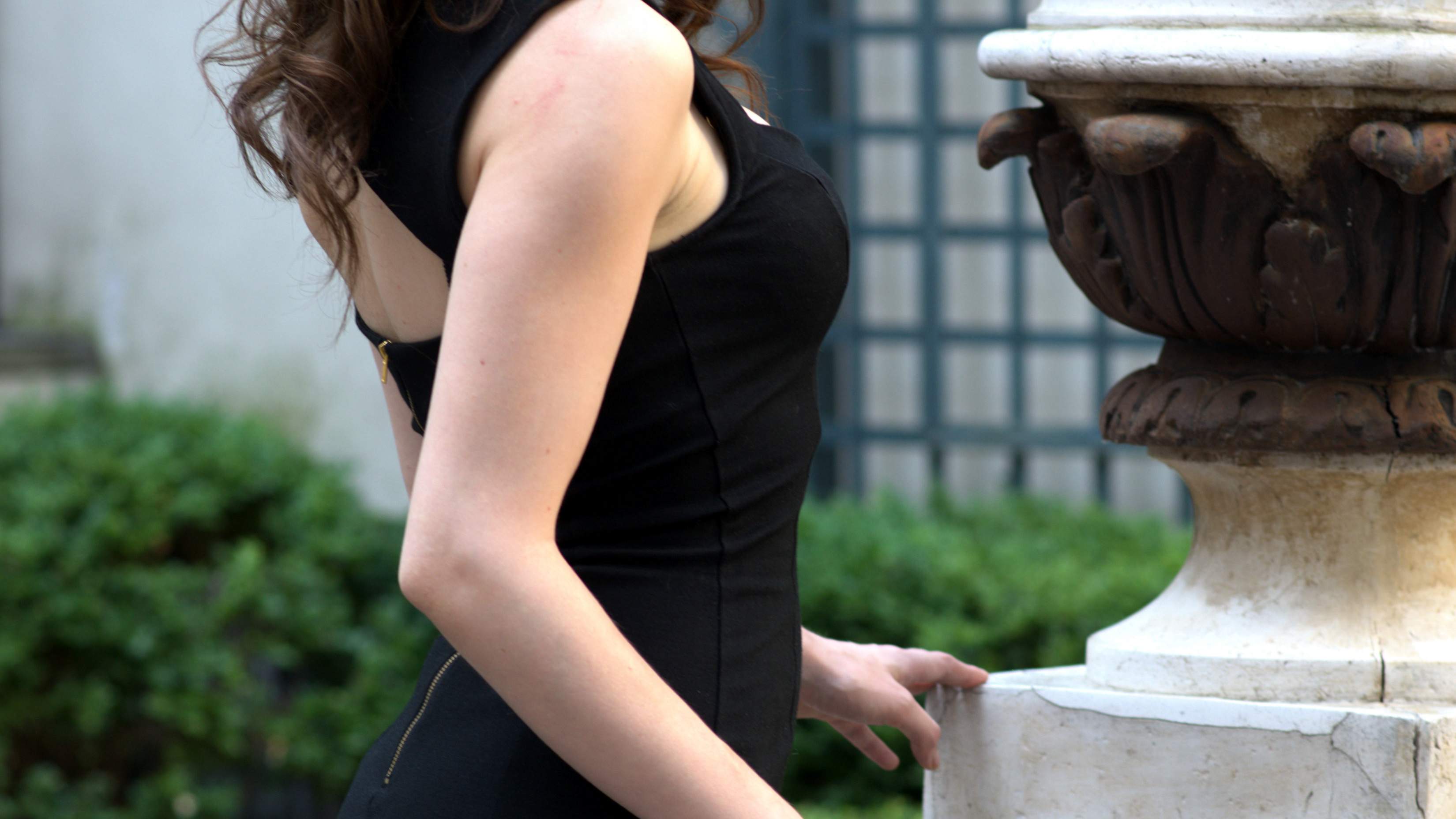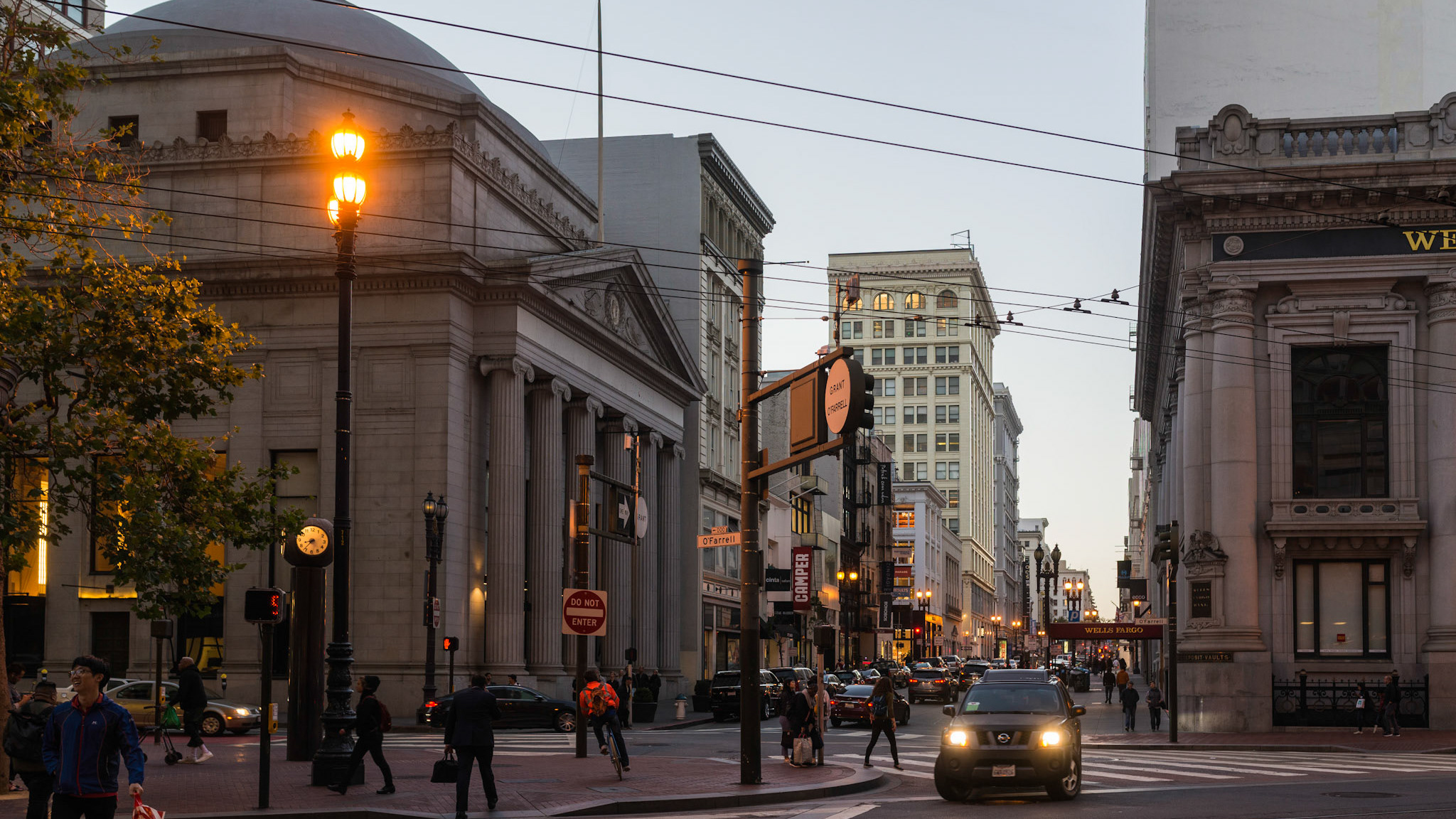The Pyramid of the Louvre is a large glass and metal pyramid that serves as the main entrance to the Louvre Museum in Paris, France. It was designed by Chinese-American architect I.M. Pei and completed in 1989. The pyramid is one of the most recognizable landmarks in Paris and has become an iconic symbol of the Louvre Museum.
The Pyramid is made up of 603 rhombus-shaped and 70 triangular glass panes, held in place by a metal frame. It stands 21.6 meters (71 feet) tall and is surrounded by three smaller pyramids. The pyramid serves as the main entrance to the museum and provides access to the underground lobby where visitors can purchase tickets and access the galleries of the museum.
When the Pyramid was first proposed, it was a controversial addition to the historic Louvre complex. Some critics felt that the modernist design of the pyramid clashed with the historic architecture of the Louvre. However, over time, the Pyramid has become widely accepted and has even been celebrated as a symbol of the Louvre's commitment to innovation and modernization.
Today, the Pyramid and its surrounding courtyard are popular tourist destinations in Paris, and visitors can admire the structure's elegant design and take in the stunning views of the Louvre Museum and the surrounding gardens.
Photography Walter Somers









